Like the Penny Black, the Two Penny Blue was part of a series of stamps that were created to replace the previous system of hand-stamped letters.
The Two Penny Blue stamp was slightly larger than the Penny Black, measuring 25mm x 20mm. It featured a portrait of Queen Victoria, who had ascended to the throne just three years earlier. Unlike the Penny Black, which had no border, the Two Penny Blue had a white border around the edge, which made it easier to distinguish from other stamps in use at the time.
How it was printed?
The Two Penny Blue was printed using a different process than the Penny Black. While the Penny Black was printed using a method known as line engraving, which involved etching a design onto a metal plate, the Two Penny Blue was printed using a process known as recess printing. Recess printing involves etching the design into a metal plate, but then filling the etched lines with ink before printing, which creates a more detailed and intricate image.
One of the interesting things about the Two Penny Blue stamp is that it was initially intended to be the main stamp of the new postage system. However, due to a mistake in the printing process, the first batch of Two Penny Blue stamps was printed on paper that was too thin and too light in color. As a result, the stamps were difficult to read and easy to forge, and the decision was made to replace them with the Penny Black as the main stamp.
Despite this setback, the Two Penny Blue stamp remained in use for several years as a secondary stamp. It was used primarily for international mail and for letters that weighed more than half an ounce. Because it was not as widely used as the Penny Black, the Two Penny Blue stamp is rarer and more valuable today.
Variations of Two Penny Blue
In addition to the original version of the Two Penny Blue, there were also several variations of the stamp that were produced over the years. One of the most interesting variations is the “cancelled” or “used” Two Penny Blue. These stamps have been postmarked and canceled, which means that they were used to send a letter through the mail. Cancelled Two Penny Blue stamps are valuable to collectors because they provide a glimpse into the history of the postal system and the ways in which people communicated in the past.
Overall, the Two Penny Blue stamp is an important part of the history of postage stamps and the postal system. While it may not be as well-known as the Penny Black, it is still highly sought after by collectors and is a testament to the ingenuity and creativity of the designers and printers who worked on the early stamps. Whether you are a collector or just someone interested in the history of communication, the Two Penny Blue is a fascinating artifact that is well worth exploring.
Value of Two Penny Blue
The value of the Two Penny Blue stamp can vary widely depending on a number of factors, including its condition, rarity, and historical significance. In general, the most valuable Two Penny Blue stamps are those that are in pristine condition and have not been postmarked or cancelled.
One of the key factors that determines the value of a Two Penny Blue stamp is its rarity. While the Penny Black was widely used and printed in large numbers, the Two Penny Blue was only produced for a short period of time and in smaller quantities, these stamps were quickly replaced with the Penny Black, making the Two Penny Blue even rarer and more valuable.
Another factor that affects the value of a Two Penny Blue stamp is its condition. Because stamps were used to send letters through the mail, many stamps have been damaged or cancelled. Stamps that are in pristine condition, with no signs of wear or damage, are much more valuable than those that have been cancelled or have other imperfections.
Significance of the stamp
The historical significance of a Two Penny Blue stamp can also affect its value. For example, stamps that were used to send important letters or that have a notable provenance, such as those owned by famous collectors or historical figures, can be particularly valuable.
In recent years, the value of Two Penny Blue stamps has continued to rise. In 2011, a block of four unused Two Penny Blue stamps sold for over $1 million at auction, setting a new record for the highest price ever paid for a British stamp. This sale was significant because it demonstrated the enduring appeal of early postage stamps to collectors and investors.
While the value of Two Penny Blue stamps can fluctuate over time, they are generally considered to be a valuable investment for collectors. For those interested in collecting stamps, it is important to carefully research the market and seek the advice of experts before making any purchases. With its rich history and enduring appeal, the Two Penny Blue is sure to remain a sought-after stamp for many years to come.

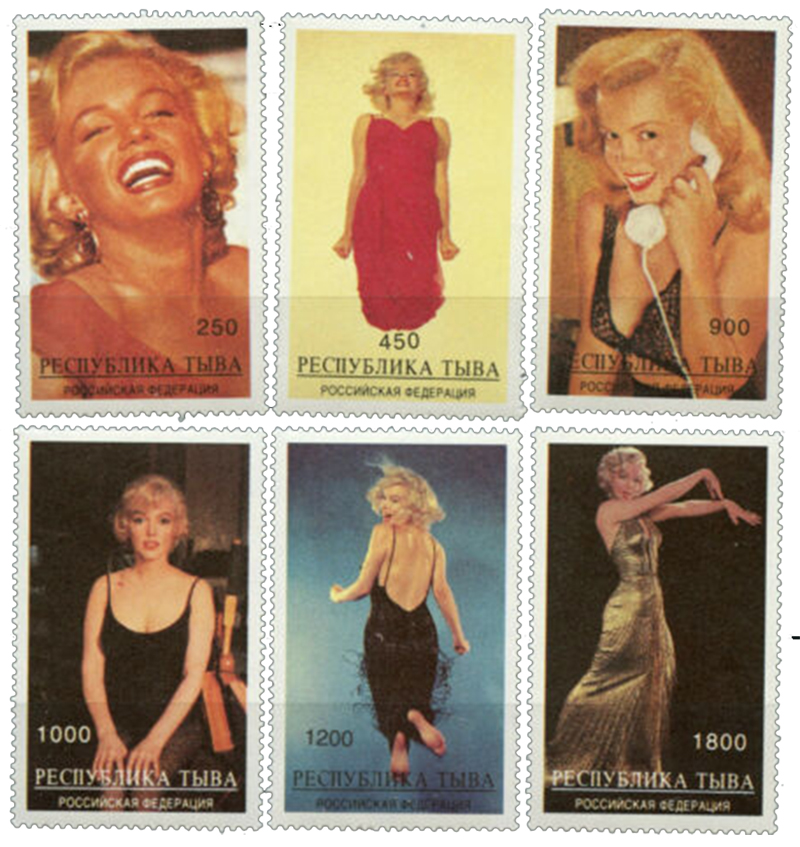
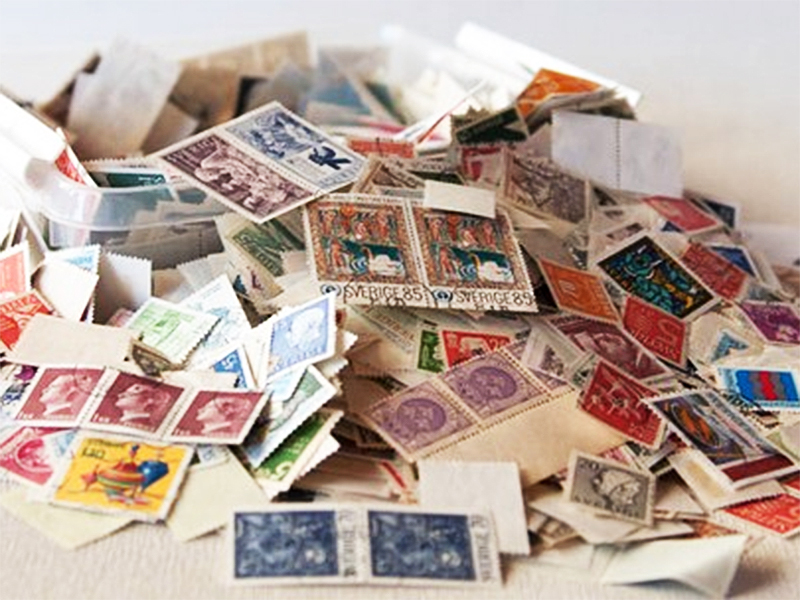
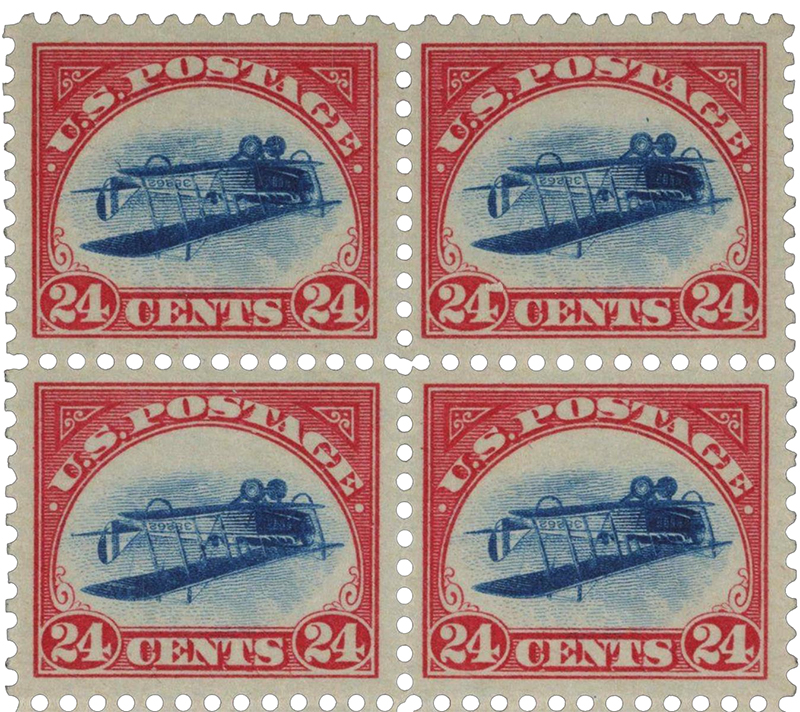
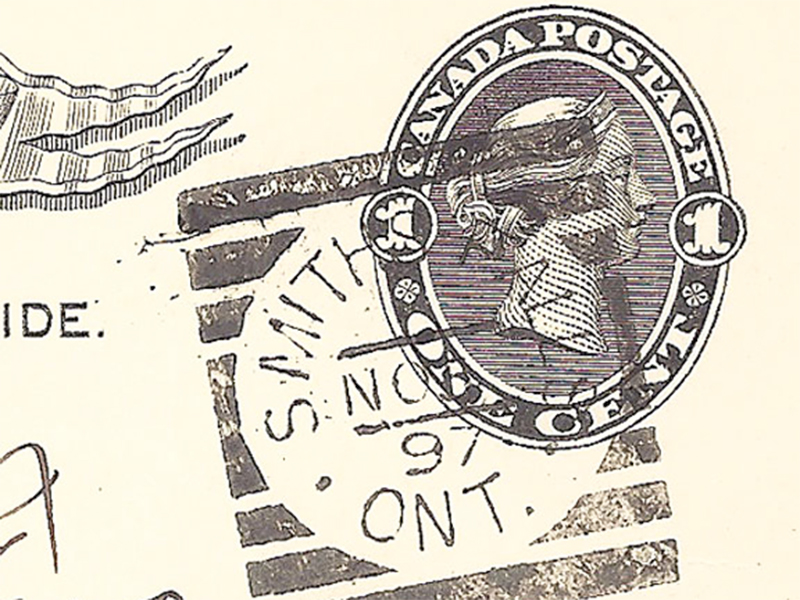
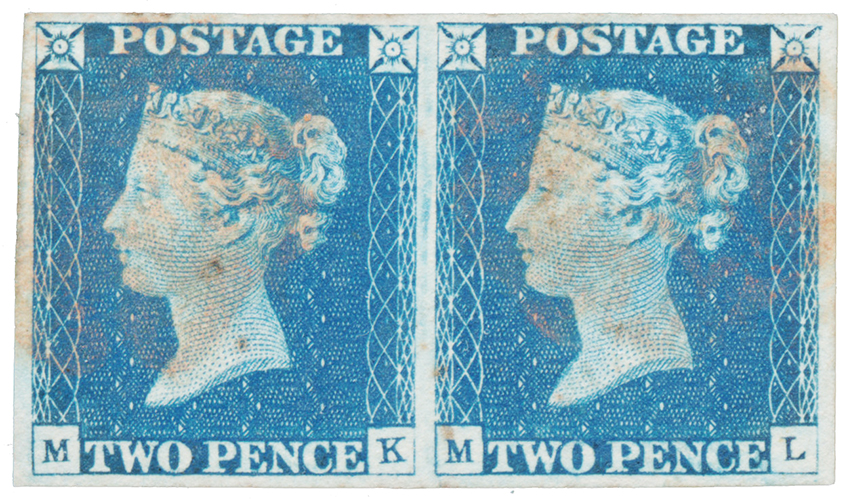
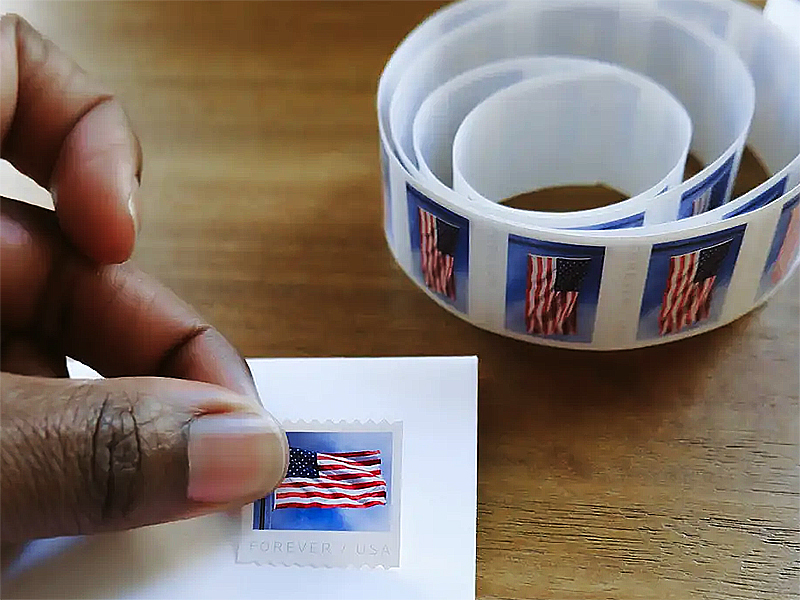




Leave a Reply